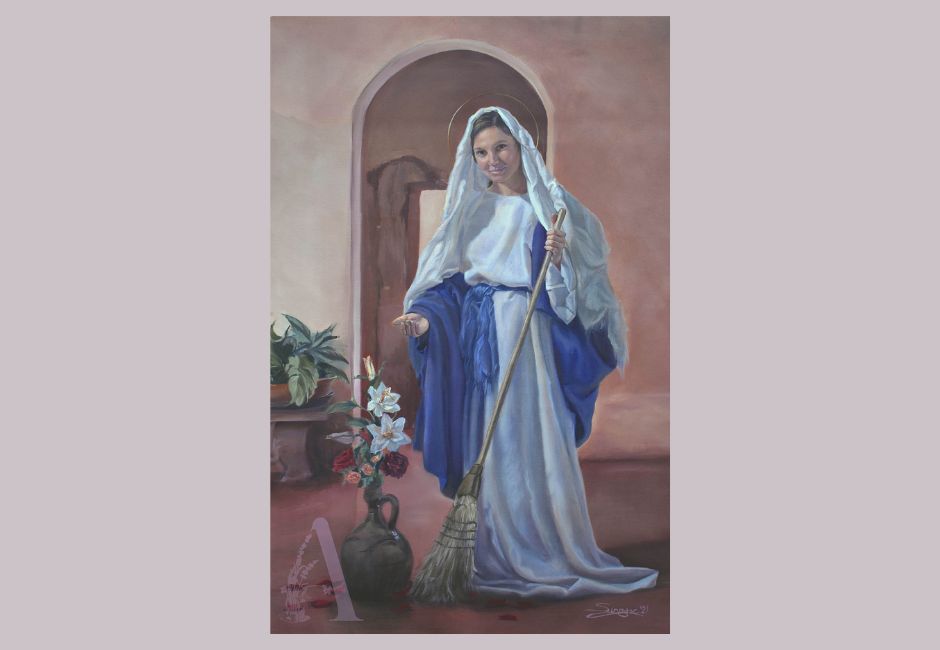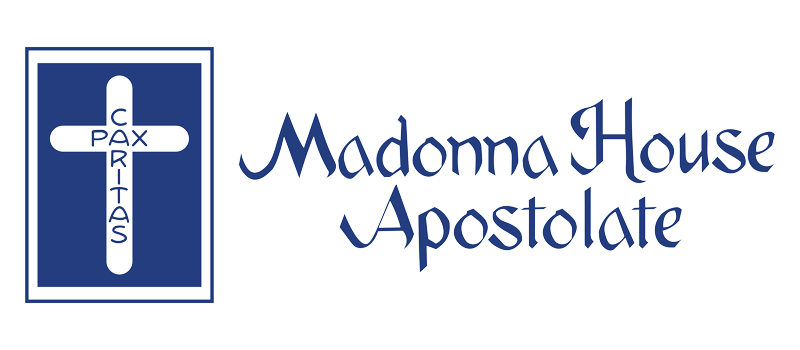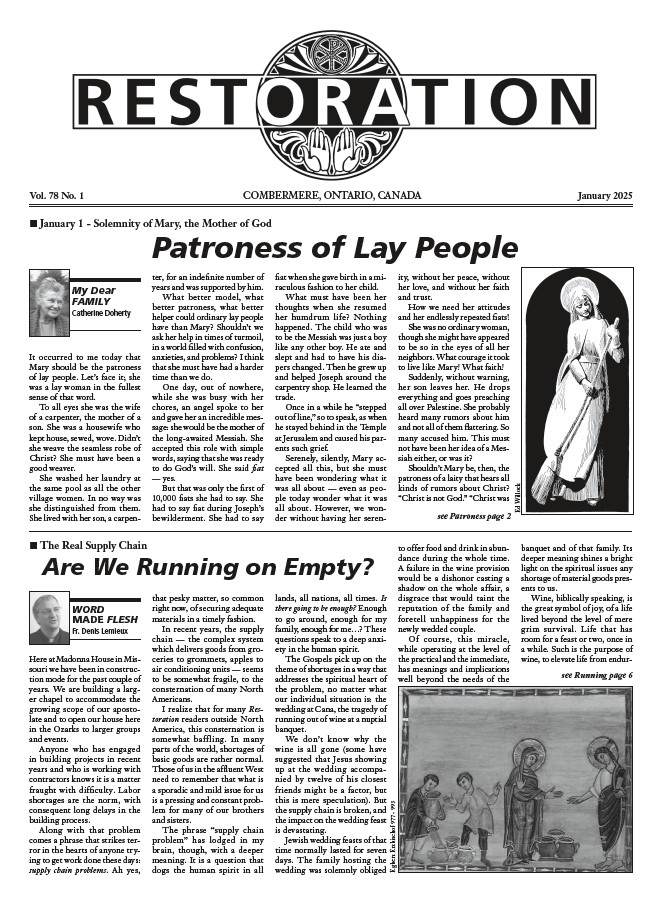
She teaches us how to remain people of faith in a world that cannot recognize her son as the Messiah.
It occurred to me today that Mary should be the patroness of lay people. Let’s face it; she was a lay woman in the fullest sense of that word.
To all eyes she was the wife of a carpenter, the mother of a son. She was a housewife who kept house, sewed, wove. Didn’t she weave the seamless robe of Christ? She must have been a good weaver.
She washed her laundry at the same pool as all the other village women. In no way was she distinguished from them. She lived with her son, a carpenter, for an indefinite number of years and was supported by him.
What better model, what better patroness, what better helper could ordinary lay people have than Mary? Shouldn’t we ask her help in times of turmoil, in a world filled with confusion, anxieties, and problems? I think that she must have had a harder time than we do.
One day, out of nowhere, while she was busy with her chores, an angel spoke to her and gave her an incredible message: she would be the mother of the long-awaited Messiah. She accepted this role with simple words, saying that she was ready to do God’s will. She said fiat — yes.
But that was only the first of 10,000 fiats she had to say. She had to say fiat during Joseph’s bewilderment. She had to say fiat when she gave birth in a miraculous fashion to her child.
What must have been her thoughts when she resumed her humdrum life? Nothing happened. The child who was to be the Messiah was just a boy like any other boy. He ate and slept and had to have his diapers changed. Then he grew up and helped Joseph around the carpentry shop. He learned the trade.
Once in a while he “stepped out of line,” so to speak, as when he stayed behind in the Temple at Jerusalem and caused his parents such grief.
Serenely, silently, Mary accepted all this, but she must have been wondering what it was all about — even as people today wonder what it was all about. However, we wonder without having her serenity, without her peace, without her love, and without her faith and trust.
How we need her attitudes and her endlessly repeated fiats!
She was no ordinary woman, though she might have appeared to be so in the eyes of all her neighbors. What courage it took to live like Mary! What faith!
Suddenly, without warning, her son leaves her. He drops everything and goes preaching all over Palestine. She probably heard many rumors about him and not all of them flattering. So many accused him. This must not have been her idea of a Messiah either, or was it?
Shouldn’t Mary be, then, the patroness of a laity that hears all kinds of rumors about Christ? “Christ is not God.” “Christ was only a prophet.” “God is dead.” “God is alive.”
She will give us courage to sort things out in the silence of our hearts. She will help us grow in faith and in love and give us the strength to follow her son as she did.
Shouldn’t we who believe, who suffer, who are in anxiety and anguish — shouldn’t we stand with her under the cross? Shouldn’t we find, through her, the courage to keep on believing and to stand still while the Church, the Bride of Christ, bleeds from a thousand wounds?
Shouldn’t we turn to her, who held her son in her arms, in order to find the strength to bear the burdens which tear the souls of Christians apart? If we do turn to her, she will lead us to his resurrection and show us the essence of an unshakeable faith.
Wasn’t this ordinary Jewish lay woman the strength and the consolation of the apostles before Pentecost?
Yes, Mary is a profound mystery of consolation. If we turn to this woman wrapped in silence, she will speak to us. The one through whom God came to us will lead us back to him. She is the Queen of Apostles and Martyrs.
As I sit on my island in the great silence of nature, I give Mary a very simple name: Mother of the People of God. May she teach us how to remain people of faith in a world that cannot recognize her son as the Messiah.
From Welcome, Pilgrim, by Catherine de Hueck Doherty, Madonna House Publications (1991). Pp. 44-46; out of print.
Painting of “Our Lady of the Broom”, by Sapphira Sinasac of Amata Sacred and Fine Art (https://www.amatasacredart.com/home). Sapphira attended Cana Colony at Madonna House with her family as a child.




